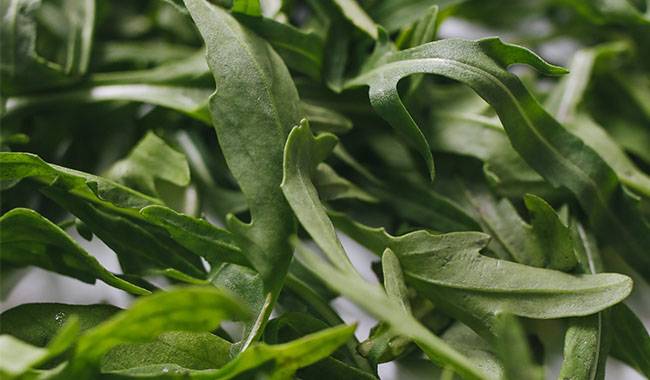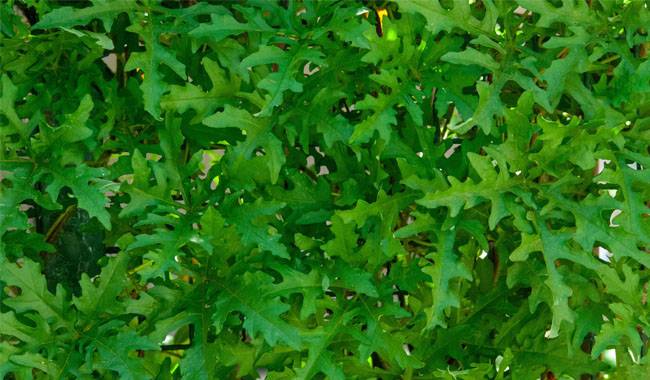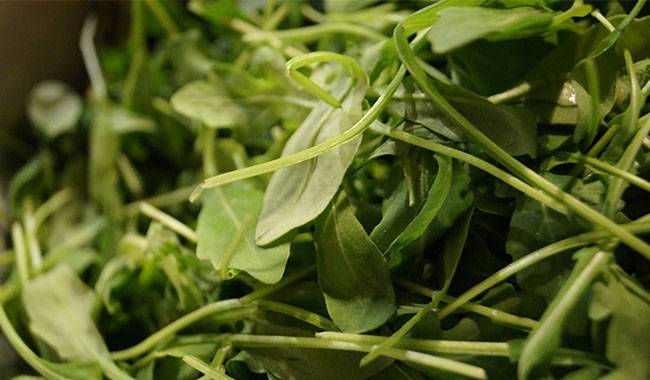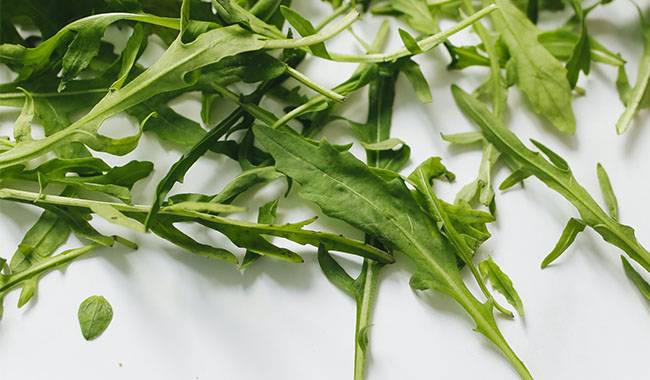
Arugula is an indispensable vegetable on our table, and it is also a suitable vegetable for ordinary people. So this article will introduce you to how to grow arugula.
Arugula is rich in nutrients and the sprouts have a unique taste. It can be regarded as a very distinctive and delicious vegetable.
Arugula is native to East Asia and the Mediterranean. It is mainly eaten with young leaves and has a smooth taste. It can also be used as a soup for fried food, but it is mainly served cold and raw.
The fresh and tender taste, rich nutrition, and strong sesame aroma of arugula are popular among consumers. Arugula is rich in protein, sugar, cellulose, vitamin C, carotene, potassium, calcium, and other nutrients. . Arugula is not only rich in nutrients but also has relatively high medicinal value.
Recommend you to read “Do you know the 6 health benefits of arugula“.
Choose planting plots
Arugula has a strong ability to adapt to the environment, has strong drought resistance and barren tolerance, and does not have too many requirements for the planting land.
But if you want a high yield, it is best to choose a loose soil, fertile soil, and a soil moisture content of 80%-90%, which means that the drainage and irrigation conditions are better.
After selecting the planting land, the land should be finely plowed, the soil blocks should be as fine as possible, and sufficient base fertilizer should be applied, mainly based on farmhouse manure. Ditching is used for bordering, and finally, the borders are rake-leveled to wait for sowing.
Sowing method
The best time to plant arugula is generally around April each year, and the suitable temperature for planting buds is around 60°F-70°F.
If it is planted in April, May is the most suitable period for the growth of arugula, which can greatly improve the yield and quality of arugula.
When sowing, we can use three methods: direct seeding, strip seeding (sown the seeds evenly into long strips, keeping a certain distance between rows), and sowing seeds.
When sowing, first mix the seeds and fine soil before proceeding, so as to ensure that the planting is evenly spread. Pay attention to the distance between each row is about 15-20CM. After sowing, cover with thin soil and just water it once.
Daily management
Generally speaking, seedlings will emerge around 4-5 days after sowing. When arugula grows two or three true leaves, we can begin thinning and planting.
When thinning the seedlings, pull out weak seedlings and diseased seedlings. At the same time, pay attention to weeding. The distance between each plant should be controlled at about 20cm, and it should be combined with cultivating.
Secondly, during the growth of arugula, we must reasonably control the water supply, water, and drain in time.
In order to promote the growth of arugula and increase the yield and quality of arugula, we need scientific topdressing. When topdressing, we need to control the amount of fertilizer reasonably according to the growth of arugula.
Among them, nitrogen fertilizer and compound fertilizer are the main ones. Generally, fertilizer is applied once a week or so. It should be noted that top dressing is not applied one week before harvest, so as not to affect its quality.
TIPS
Arugula cultivated in a semi-shaded area with poor light has soft, yellow-green leaves. When fully exposed to sunlight, the leaves are dark green.
You can choose a suitable location according to your personal preference. But avoid direct sunlight in summer and place in a semi-shady place
Pest Control
We all know that arugula is very resistant, but in some peak periods of disease, or due to improper planting and management, it will still cause some diseases, such as sclerotium disease and leaf spot.
For sclerotinia sclerotiorum, we can use sclerotinia wettable powder to control; while leaf spot disease can be controlled by carbendazim.
Secondly, yellow striped beetle and diamondback moth are also relatively common pests of arugula. We can use chlorpyrifos EC and Plexis to kill.
Of course, it should be noted that it can be sprayed within half a month to one month before harvest.
How to harvest
In about 45 days, the leaves will grow to 8-10 pieces. At this time, they can be picked from the outside. The number of leaves collected each time should not be too much, so as not to make the plant weak and unable to grow new leaves.
Therefore, each plant can harvest 2 to 3 leaves. Plants that grow to 15cm can be uprooted and harvested.
The arugula planted in the spring starts to grow from June to August when the flowering stems begin to produce pink and purple flowers.
After flowering, the leaves will harden and the harvest will be reduced. If only the stems are needed, harvest them as early as possible. If you need flowers, harvest all the leaves at the time of blooming, the plants will wither after blooming.
FAQ
Q: How should arugula be preserved after harvest?
Because arugula is very adaptable to the environment, it is also very convenient to plant, and the management of arugula planting is also very simple, so if you are interested in planting, I hope to read this article carefully, I believe it will bring you great inspiration.






